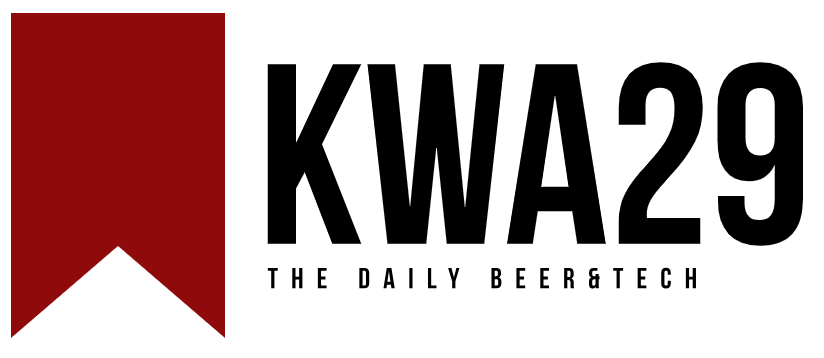Organizational Modes in Software Development

- Product Delivery
- Definition, implementation, and monitoring of OKRs in a product team.
- Building, prioritizing, and managing a product backlog to update the Product Roadmap.
- Focus on delivery, production, and conducting postmortems.
- Stakeholder Management
- Modern Engineering Organization.
- Managing stakeholders and parties involved in complex projects.
- Techniques for mastering the different stages of change management.
- Team Dynamics and Leadership
- Establishing a trustful climate and focusing on the 5 dysfunctions of a team.
- Leadership involves clear communication to motivate the team.
- DJ Patil's White House Card and Westrum's organizational culture insights.
- Team Topologies and Interaction Modes
- Differentiating between renting and buying an apartment as an analogy for team investment and improvement.
- Emphasizing dynamic team structures, cognitive load management, and optimizing team velocity.
- Encouraging autonomy and rapid flow within teams, with a focus on low coupling and high cohesion in software architecture.
- Value Stream and Service Heuristics
- Understanding the value stream as the set of actions adding value to a customer from initial request to delivery.
- Identifying product value chains, supporting systems, and development value chains.
- Independent Service Heuristics for evaluating and prioritizing critical risk areas in an ecosystem.
Key Concepts in Team and Project Management
- Conway's Law and Team Size
- Conway's Law suggests organizations produce architectures mirroring their communication structures.
- Leveraging Dunbar's number to optimize team size for effective management and communication.
- Cognitive Load Management
- Assessing cognitive load as a key factor in architectural decisions.
- Differentiating between intrinsic, extraneous, and germane cognitive loads.
- Effective Team Structures
- Utilizing small, long-lived teams as the standard for productivity and quality.
- Brooks's Law on the counterproductivity of adding resources to a delayed project.
- Tools and Techniques for Project Management
- RACI matrix for defining roles and responsibilities in a project.
- Utilizing Venn Diagrams, PERT, MoSCoW method, SWOT analysis, Critical Path Method, Work Breakdown Structure, Kanban, Fishbone diagram, and risk mapping for project management.
Recap and Further Learning
- Emphasized the importance of organizational structure, human interactions, small teams, and clear team interactions.
- Highlighted various team types to enhance impact and strategies to combat cognitive load.
- Introduced RACI as a tool for stakeholder management and defined roles for effective project management.
- Encouraged further exploration of the topics covered for deeper understanding.




